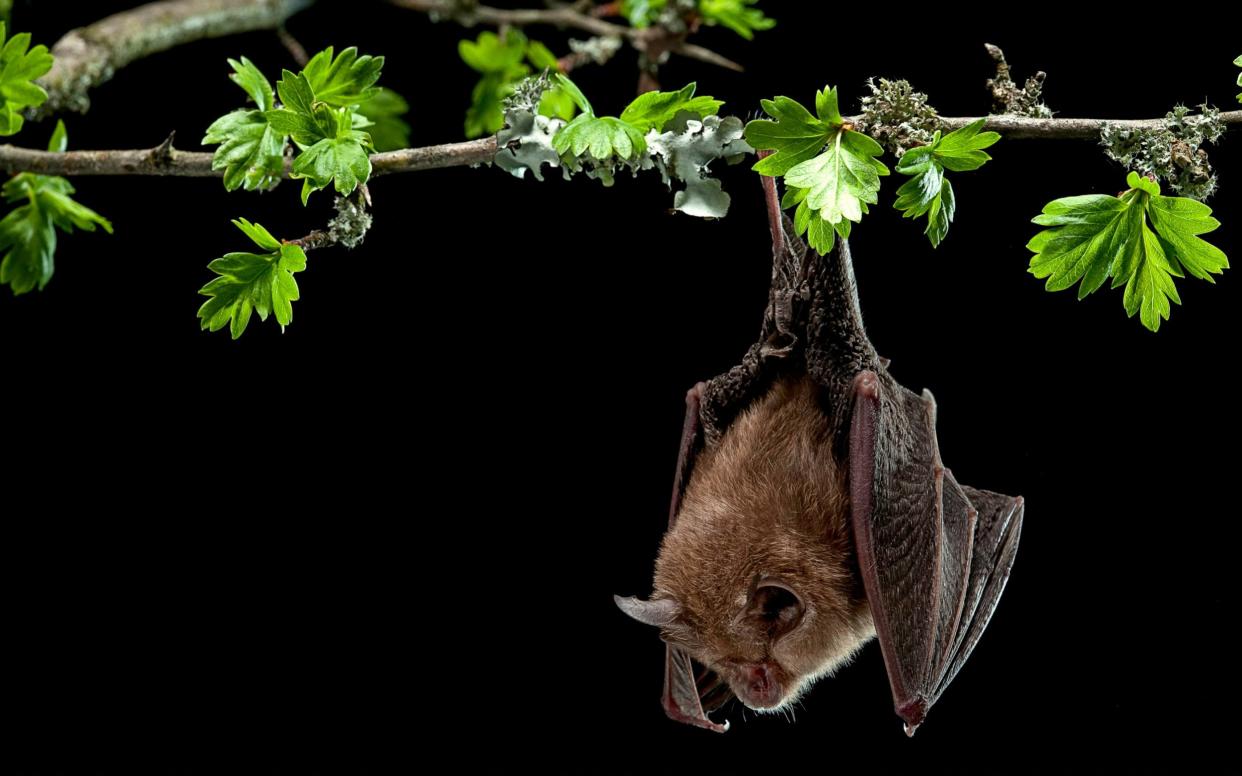Flock of sheep will help rare species of bat forage for food in untamed landscapes of Forest of Dean

A rare species of bat has found an unlikely friend in the animal kingdom which will play a crucial role in helping it forage for food - a flock of sheep.
Some 20 million trees are spread across the untamed landscapes of the Forest of Dean in Gloucestershire.
But lesser horseshoe bats, named after their unusually shaped nose, roosting at Stenders Quarry near Mitcheldean need wide open spaces to track down insects for dinner.
They make shouting sounds as they fly and rely on the echoes created to tell them where their next meal is and in what direction it is heading.
Gloucestershire Wildlife Trust has now decided to tackle the problem by grazing Hebridean sheep at its nature reserve to stop trees and shrubs crowding out the countryside.
It is hoped the flock's particular love of leafy scrub as opposed to grass will help keep the build-up on steep slopes at bay and give bats the room they need to hunt.
Nature reserves manager, Kevin Caster, said: "The sheep can enjoy this special reserve alongside the green woodpeckers, butterflies, badgers and foxes, knowing that it will also host a bat feeding ground."

Lesser horseshoe bats are native to the UK but rapidly declining in number. The Forest of Dean is home to one of the greatest concentrations of the species.
To encourage them to breed, the trust plans to clear out debris from a disused mine tunnel in the area so females can congregate to have their babies.
The Forest of Dean is known for hosting rare and unusual species.
It has Britain's largest population of wild boar - around 1,500 in total - making them a common sight for walkers.
Peregrine Falcons have been successfully nesting in the leafy landscapes for decades under the watchful eye of the Royal Society for the Protection of Birds.
The forest's unblemished beauty has also inspired works by some of the greatest writers and artists of our time.
JRR Tolkien's depiction of fictional Middle-earth in his The Lord of the Rings books is believed to be based on Puzzlewood, an ancient woodland site near the market town of Coleford.
Harry Potter author JK Rowling, whose books have enraptured a generation of young bookworms, lived in Tutshill near Chepstow from the age of nine.

 Yahoo News
Yahoo News 
